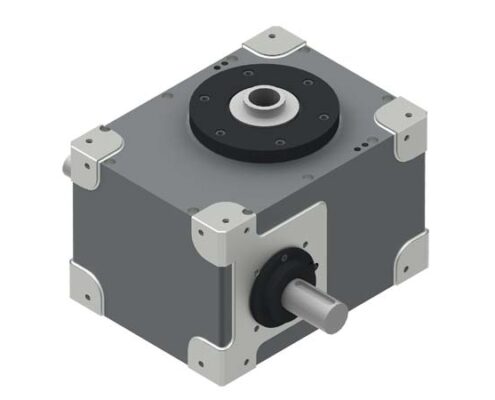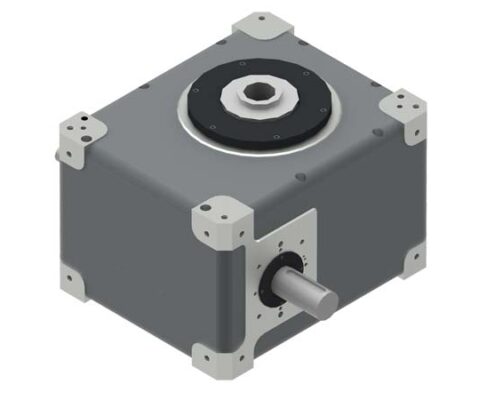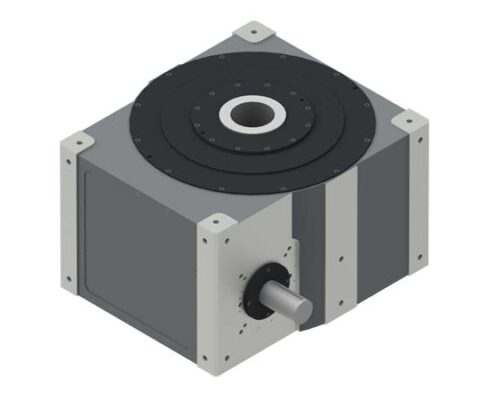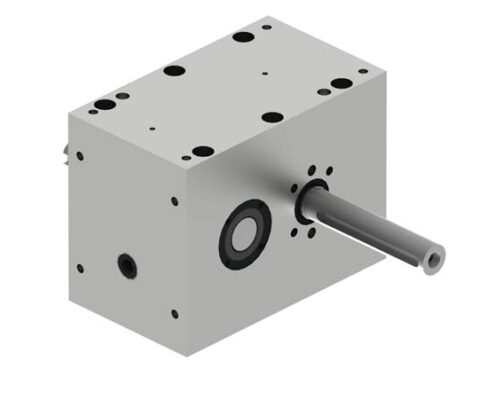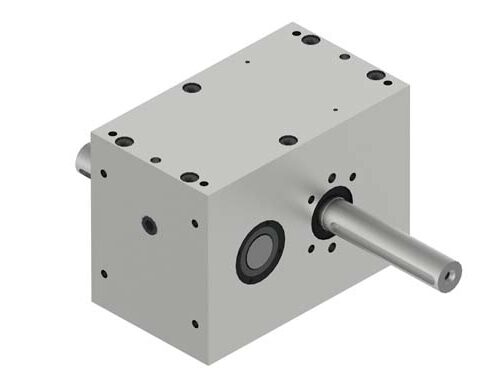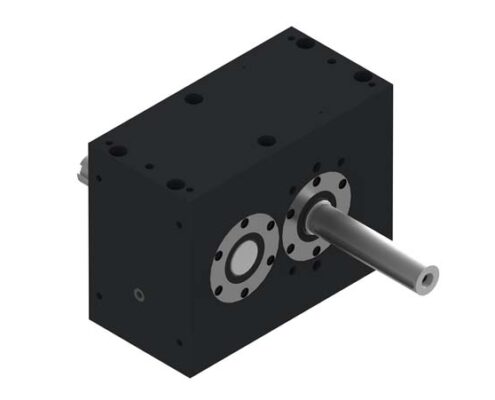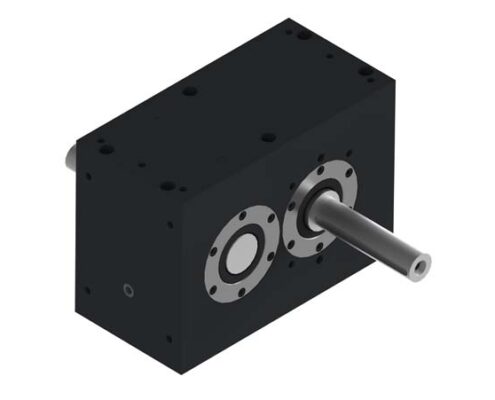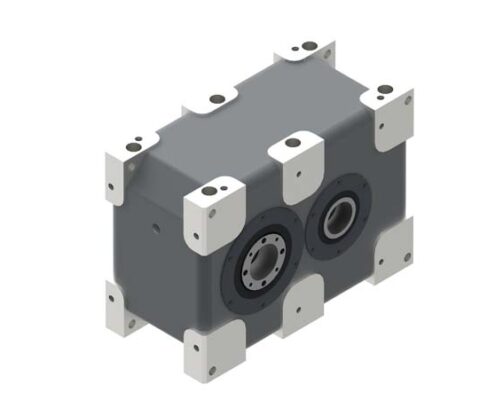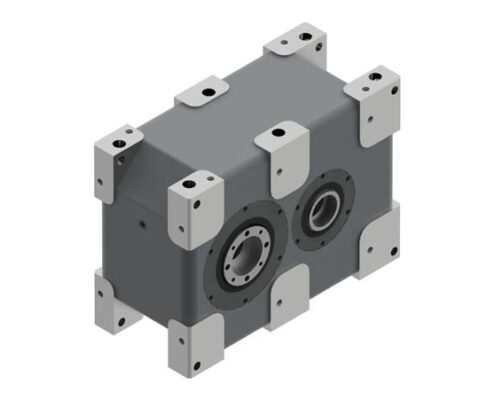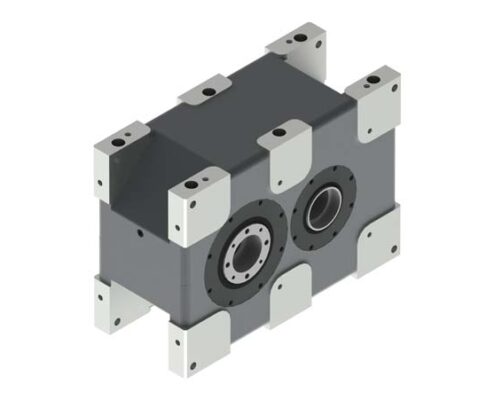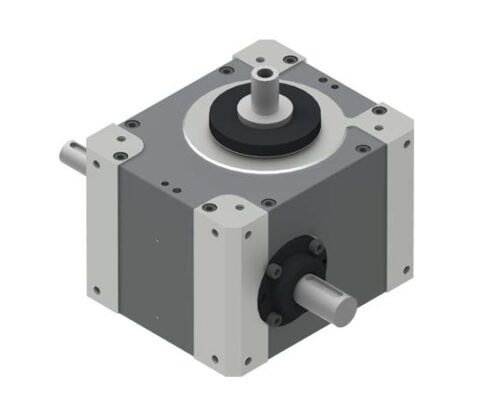 https://www.autorotorgroup.com/wp-content/uploads/2020/09/IT-OT-15.jpg
450
600
Paolo
https://www.autorotorgroup.com/wp-content/uploads/2020/07/autorotor-logo.png
Paolo2020-10-22 14:43:152021-07-15 09:53:53IT OT 15
https://www.autorotorgroup.com/wp-content/uploads/2020/09/IT-OT-15.jpg
450
600
Paolo
https://www.autorotorgroup.com/wp-content/uploads/2020/07/autorotor-logo.png
Paolo2020-10-22 14:43:152021-07-15 09:53:53IT OT 15Characteristics
The intermittent drive works on the same principle as the rotary index table. The difference is that both the oscillator and Intermittent Drives have an output shaft rather than an indexing table top or disc. The compact and minimalistic shape makes the units easily applicable when placed in different orientations within the final machine requirements. The Oscillator is dimensionally the same as the Intermittent Drive, but it is equipped with a different drive cam that transforms a constant input speed into an oscillating output with acceleration and deceleration inherent to the mechanism. Specific dwells or pauses can be achieved by simply designing the internal cam and the incorporation of cam follower bearings to ride in the rib of the cam. With minimal mass and inertia rapid movement of the machine is achievable. The significance of this product is that the input of the drive is equally matched with output on the opposing side of the unit with variations in station patterns from One to Eight or in the case of the oscillator output displacement angles that may be required. This is an alternative to orthogonal machines and drives. In applying double flat cam profiles in conjunction with additional idle rollers intermittent and oscillating outputs are achieved. They are low cost alternatives to Rotary Turn Tables where higher precision is not required.
Orthogonal axis intermittent-oscillating drivers IT/OT
The intermittent drive works on the same principle as the rotary index table. The difference is that both the oscillator and Intermittent Drives have an output shaft rather than an indexing table top or disc. The compact and minimalistic shape makes the units easily applicable when placed in different orientations within the final machine requirements. The Oscillator is dimensionally the same as the Intermittent Drive, but it is equipped with a different drive cam that transforms a constant input speed into an oscillating output with acceleration and deceleration inherent to the mechanism. Specific dwells or pauses can be achieved by simply designing the internal cam and the incorporation of cam follower bearings to ride in the rib of the cam. With minimal mass and inertia rapid movement of the machine is achievable.
Parallel axis intermittent-oscillating drivers AP/OP
The significance of this product is that the input of the drive is equally matched with output on the opposing side of the unit with variations in station patterns from One to Eight or in the case of the oscillator output displacement angles that may be required. This is an alternative to orthogonal machines and drives. In applying double flat cam profiles in conjunction with additional idle rollers intermittent and oscillating outputs are achieved. They are low cost alternatives to Rotary Turn Tables where higher precision is not required.

